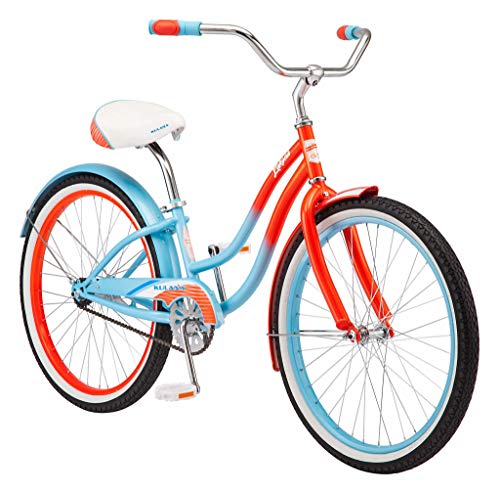My Grandad (who spent his entire life farming) used to soak all his rusty chains-both industrial and bicycle- in WD-40. This left the surface clean and the chain flexible but tended to evaporate the internal lubricants, so his next step involved a three-day soak in a 50/50 mix of kerosene and motor oil. The finished, towel-dried chain didn't retain the original finish though-the light corrosion mixed with the solvents and lubricants to form what Grandad called a 'plum coat'-a hard, slick light-brown coating that protected the surface from further rust for years to come...not sure if you would want that look on your chain but it was very durable.
That sounds like something my Uncle would do too. I spent my summers on his farm in high school.





























































